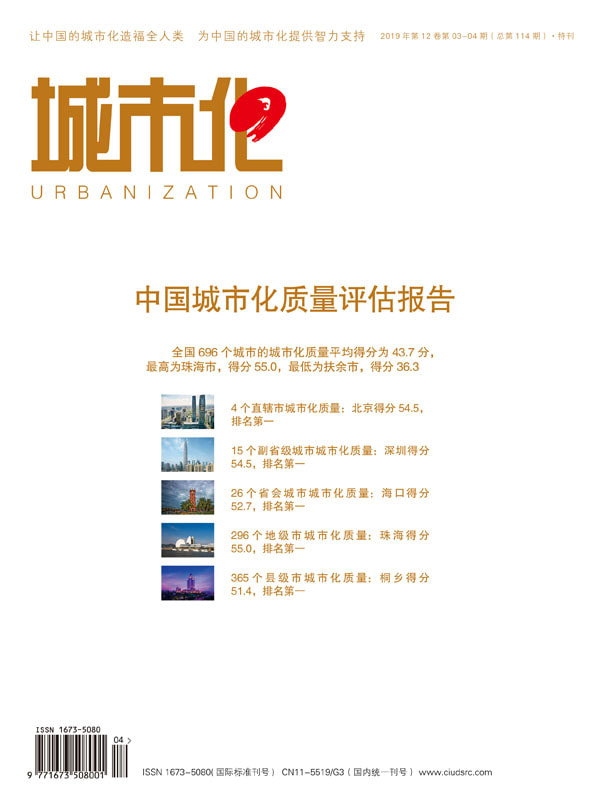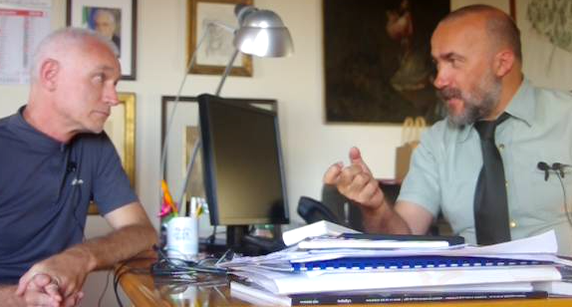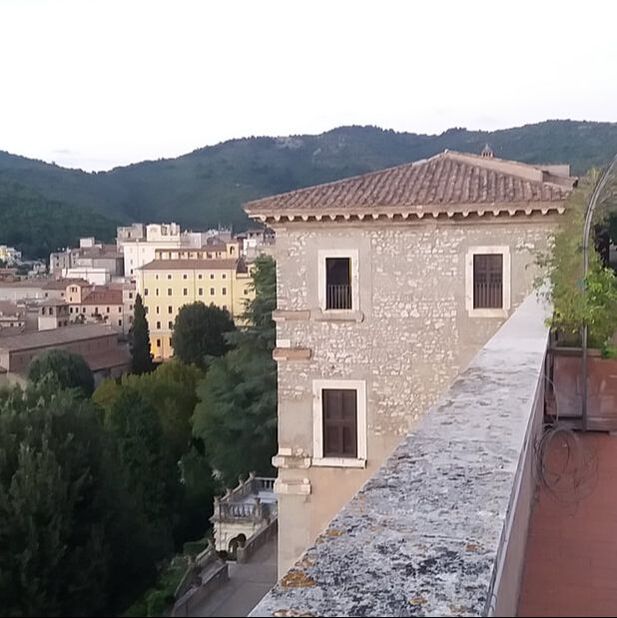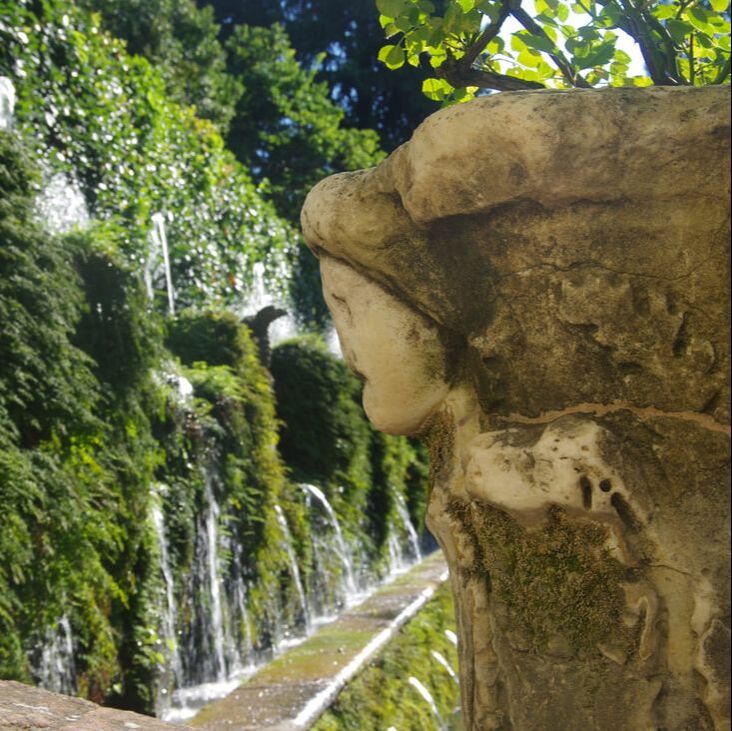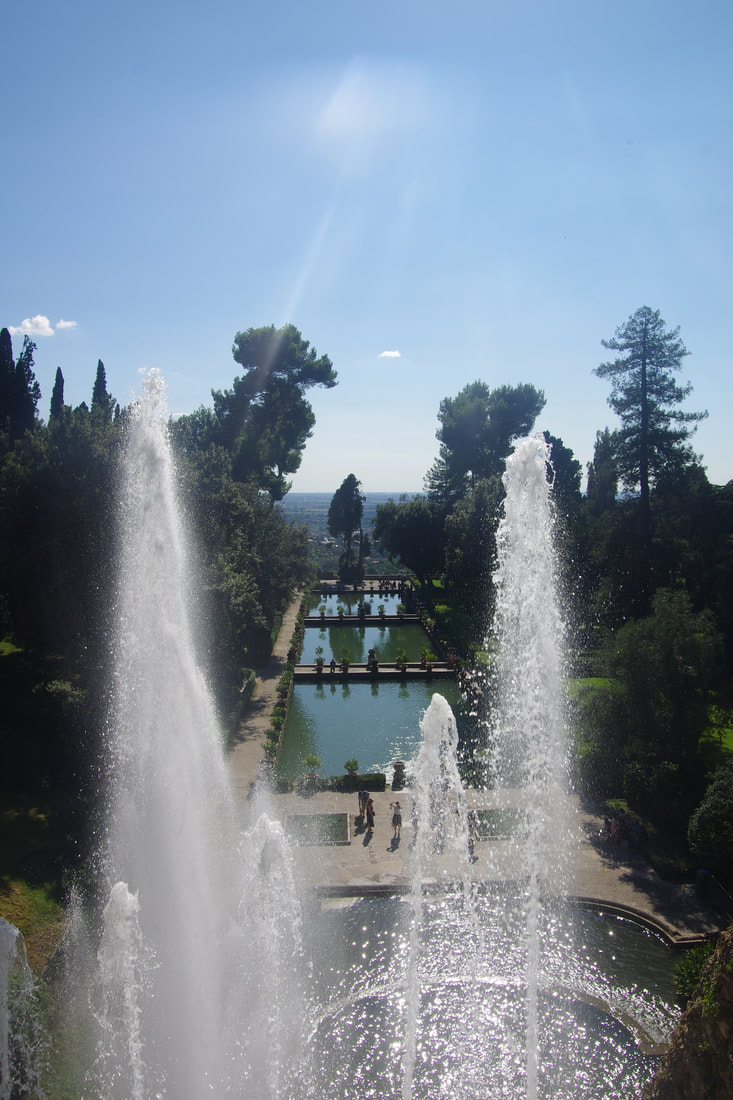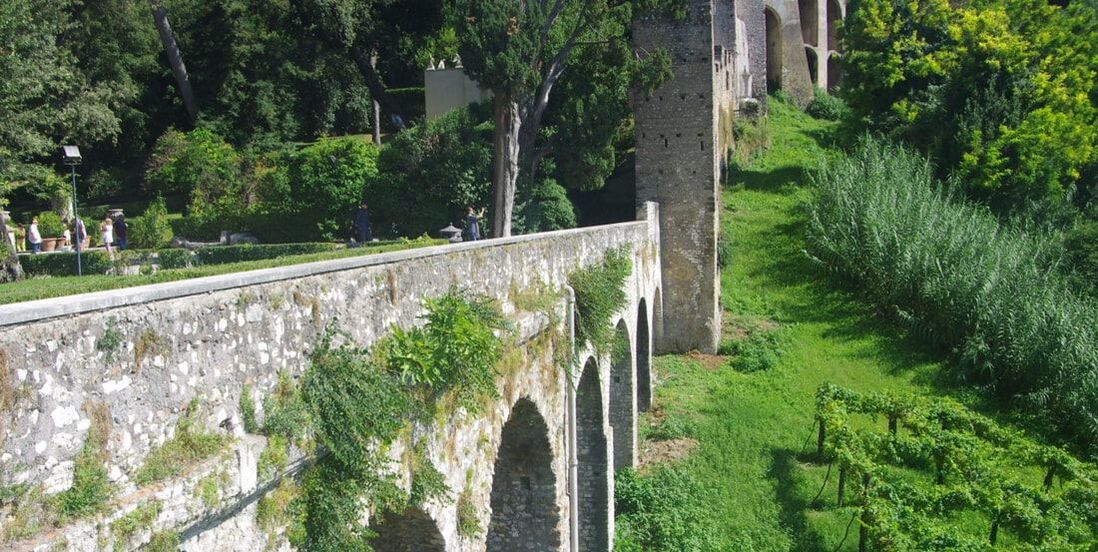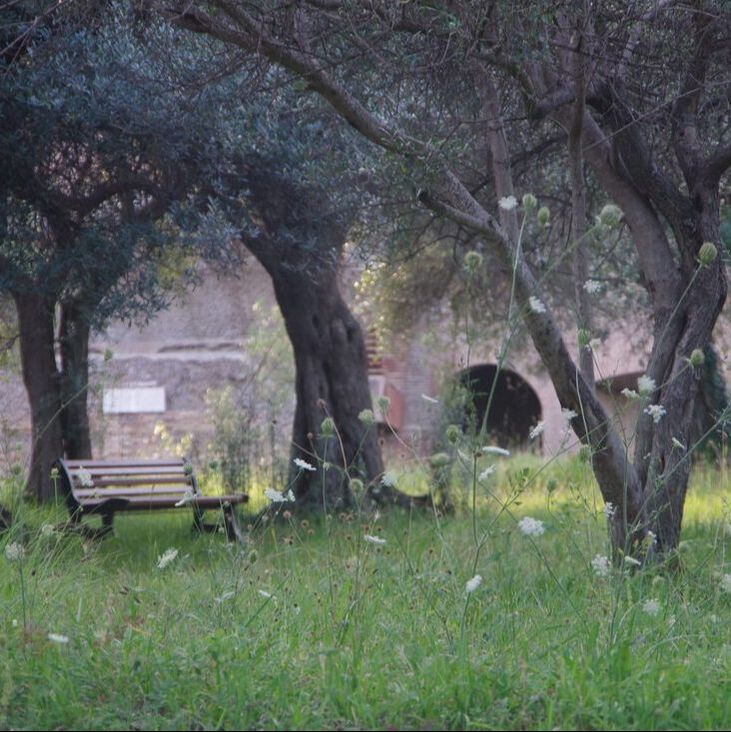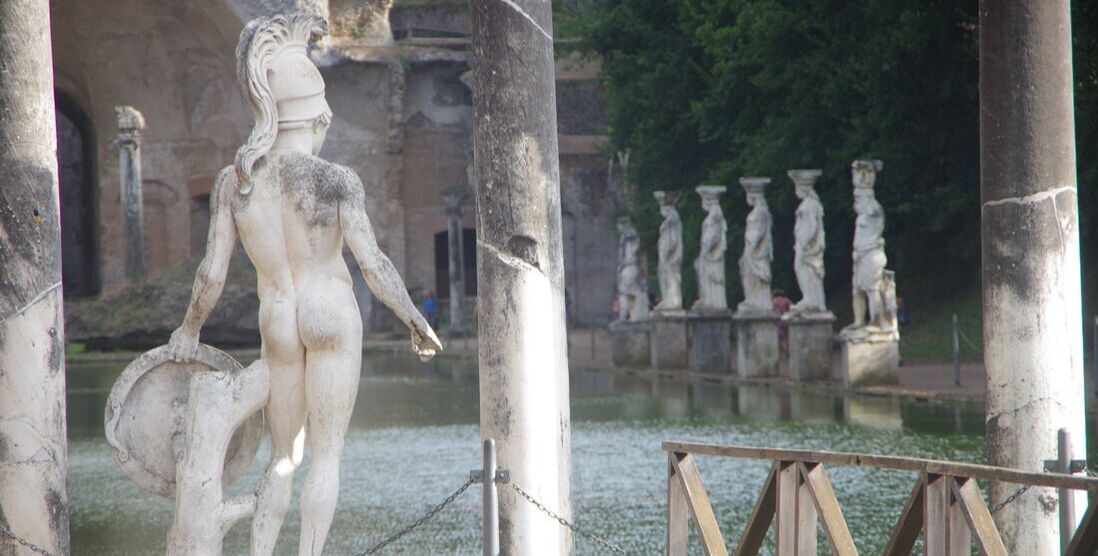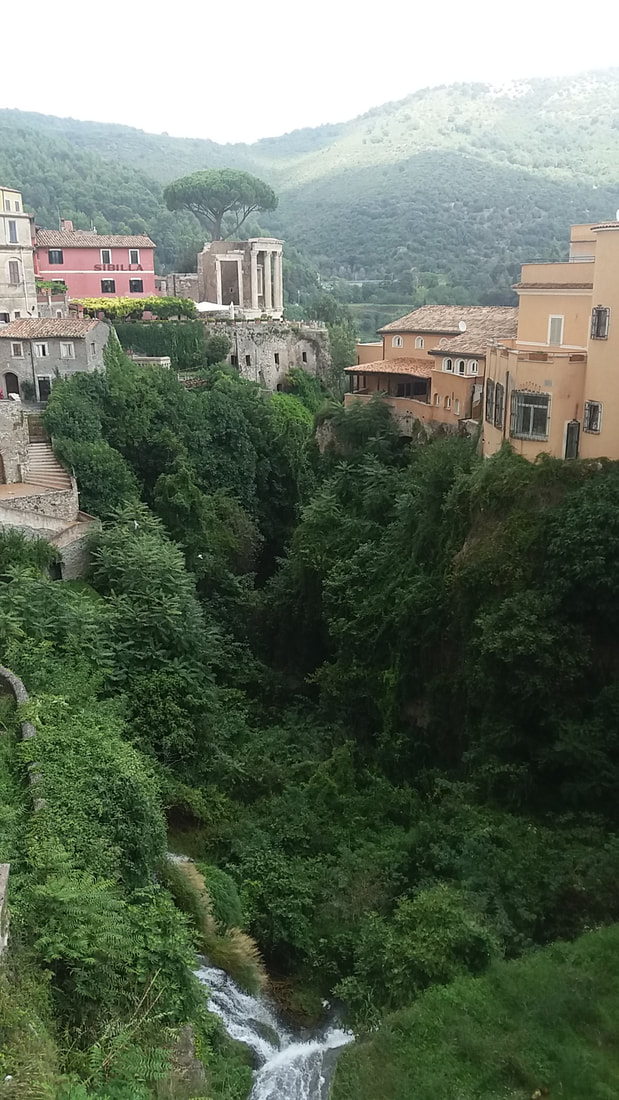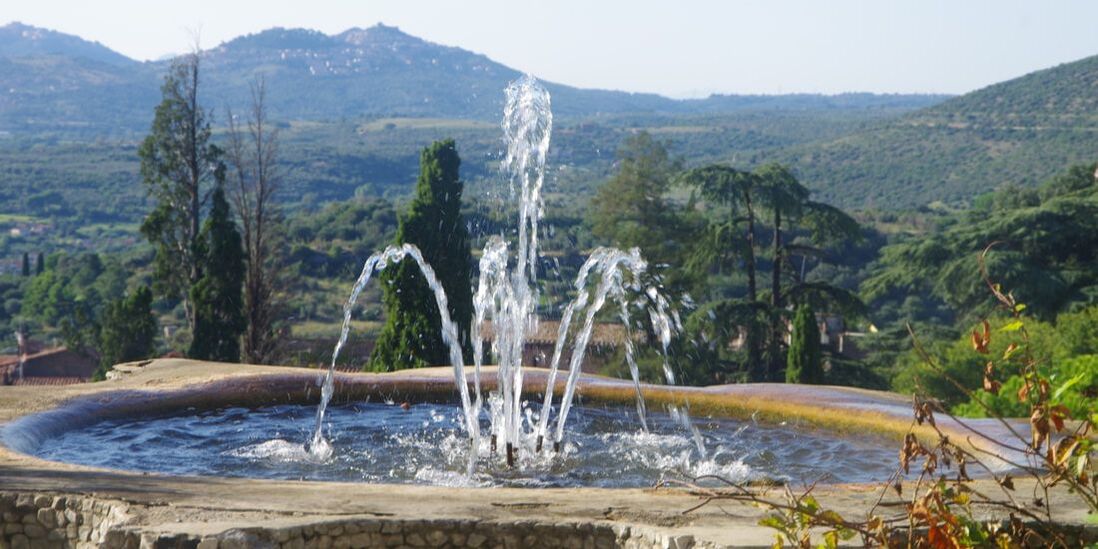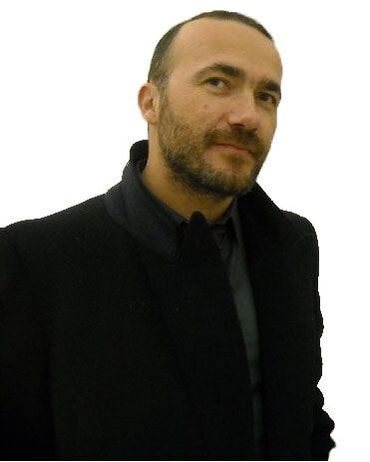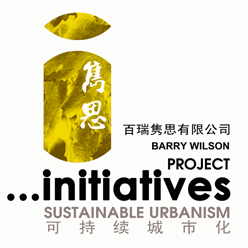|
COMMUNITY THE HEART OF HERITAGE
17/07/2019
Difficulties watching video? Please watch it on Youtube or Tencent video barryshares
Continuing students of ‘The Arts’, as every architect, planner and designer should consider themselves, enjoy much of their time in observation and assimilation of ideas of the past, whether that be the western classics of Greece and Rome, the empires of the ancient central Asian civilisations or the eastern philosophical, literary, and religious traditions of China, India, and Japan.
Visiting cultural heritage is an essential route to deeper understanding and learning, yet three hundred years ago, only the offspring of the affluent classes were able to enjoy leisurely travel through the antiquities of Europe, this being an essential right-of-passage into adulthood. Such a “Grand Tour” provided unparalleled exposure to the cultural legacy of classical antiquity, being an essential introduction to aristocratic and fashionably polite society of the European continent. Today, by contrast, such experiences are available to much of the public, and my own ‘life-long’ Grand Tour continued last summer with an Italian trip to Tivoli, called ‘Tibur Superbum’ by Virgil in his Aeneid, and with a much longer history than Rome’s, dating back to 1215 BC. The Tivoli "Grand Tour" is a charming trip through the archaeology, history, places of culture and natural beauty inextricably linked to the two magnificent villas which adorn it: the spectacular, renaissance Villa d'Este and the archaeological remains of Villa Adriana (Emperor Hadrian’s Villa), both UNESCO World Heritage Sites. Along with the ancient Sanctuary of Hercules Victor (Maecenas’s Villa), a structure dating back to the 2nd century BC, the unique sceneries that emerge from this area were a favourite of poets, painters and rich aristocrats who used to go there in the 19th century during their own Grand Tours.
“In the last few days I have been to Tivoli and I have seen one of the first wonders of nature. The waterfalls, the ruins and the overall landscape belong to those objects, In this interview I meet with Andrea Bruciati, Director of the UNESCO sites that he terms the ‘Villae’ (Villa d'Este and Villa Adriana). A true romantic, his goal is to both harness the cultural quality of the heritage sites and yet further invigorate them to become the pulsating heart of the communities who live and work there. We discuss the particular problems of protecting heritage with introducing new economies to retain vitality and opportunity.
NATURE IN ARCHITECTURE
THE CHALLENGES OF MODERNITY
Changing the mentality of the people is the essential ingredient and ties in to the UNESCO Values of promoting education, creating dialogue and the solidarity of humanity. Recently, projects have been initiated to return the heritage landscapes to working landscapes, focused on utilising the olive groves of Villa Adriana and vineyards of Villa d’Este, with community involvement in the production process. In this case, what was previously seen by the populace to be “the Villas’ gardens” has enabled personal, emotional and physical investment that now leads to an appreciation of the entirety of the heritage needing to be treasured. “Whilst the economics are relatively small the politics are big” explains Andrea. The town has come to feel the value of the ancient lands, where the community needs to care, but needs to be involved in order to care
Talking about the younger generations, I wonder how Tivoli can attract people to stay and forge their lives there, rather than be attracted to go off to the ‘big city’ for more opportunities? Andrea explains how the economies must evolve, how in the post war period the town relied primarily on its industry, nobody placed any value on the heritage assets. Even today tourism is only just starting to emerge as a serious economy (there is remarkably little hotel accommodation in the town). The commercial sector is starting to understand the benefits of tourism. Andrea wants to develop a model whereby visitors can sleep and work at the heritage sites in part of a bigger integrated community system with all the towns business aspects holistically considered and managed. “All of the parts are important, not just the heritage sites. The approach needs to look not just at economy but also civic awareness and pride in order to create a special community sensibility.”
THE SOCIAL POLITICS OF HERITAGE
Treating heritage, not as something to be protected but rather as something of which to be proud, to educate and to create community coherence seem to be the clear takeaways here. Increasing the local opportunities for work, collaboration, access and activities can transform the sense of community and shared responsibility for preservation. The unique heritage becomes the people’s ownership, the people’s business, the people’s pride.
2019/03/20
Back to the Future 2019/01/22 Quality not Quantity Makes Urban Liveability 2018/12/03 Mindset the Key to Changing Cities 2018/09/26 An Ecology of Urban Spaces 2018/08/07 Managing Trees in the Urban Environment 2017/10/31 Housing is not a Speculative Commodity |
Andrea Bruciati (1968) is an art historian, critic and curator originally fromCorinaldo, in the Marche region.
He was the director of the Municipal Gallery of Contemporary Art in Monfalcone and artistic director of the Art Verona fair, while since 2017 he has directed the two monumental sites Villa d'Este and Villa Adriana in Tivoli, both declared UNESCO heritage. |
Services |



